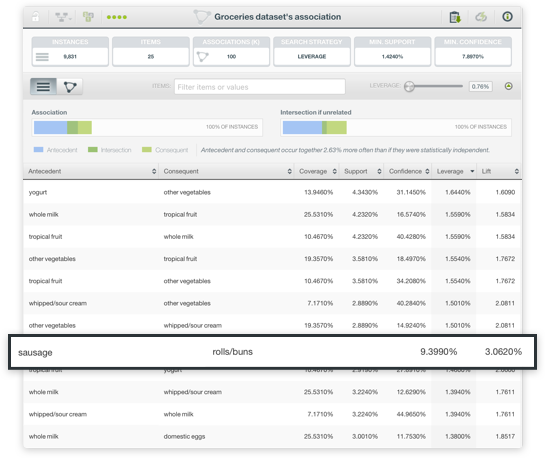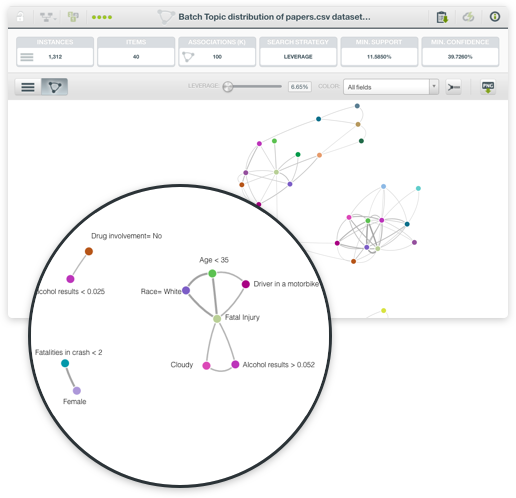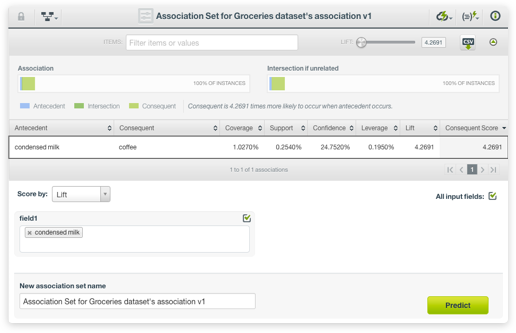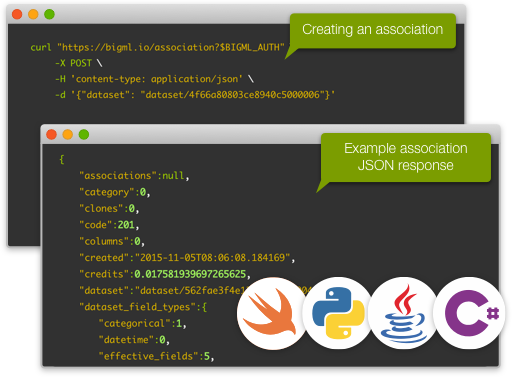Discovering Relevant Relationships
Discover valuable associations in your high-dimensional dataset while filtering out many deceptive associations. Some popular use cases are: market-basket analysis, recommendations, web usage pattern analysis, bioinformatics, incident detection, and digital forensics, among others.







